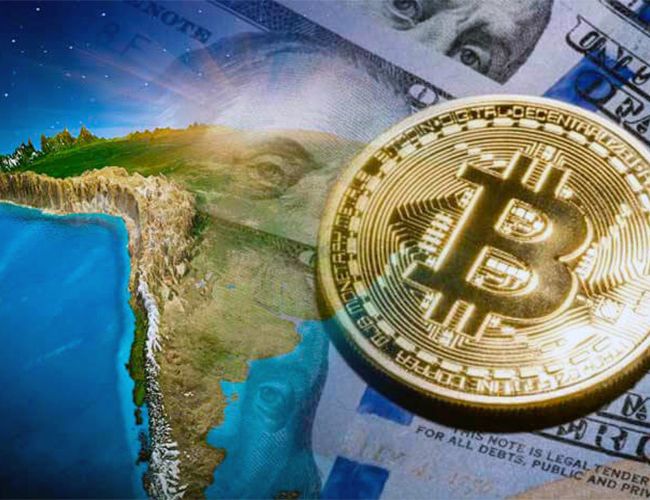The use of cryptocurrencies in Latin America has increased dramatically in recent years, with more people starting to use them.
Cryptos enable secure, fast and decentralized transactions between users without the need for intermediaries. Thus, this is the reason why Latin America has become a region with the highest adoption and use of cryptocurrencies in the world. According to a study by Statista, 18% of people in Brazil and Colombia own or use cryptocurrencies, followed by 16% in Argentina, 12% in Mexico and 11% in Chile. These figures exceed the global average of 9%.
Javier Castro Acuña, Head of Cryptography and Web3 at Bitnovo, said: “When, for various reasons, necessity pushes to find alternatives to the traditional system, the advantages of cryptocurrencies come into play. A new way to store and transfer values — without censorship, without borders, without intermediaries. Let’s hope that more countries like Argentina will join the free market policies that are synonymous with prosperity, and thus adoption will continue to grow at a faster pace.”
What factors explain this phenomenon?
There are several reasons that are driving interest and demand for cryptocurrencies in Latin America, including the following:
• Economic and political instability in some countries creates distrust in local currencies and traditional financial systems. Cryptocurrencies offer an alternative to protect the value of money, prevent inflation, devaluation and exchange controls, and access financial services without restrictions or fees.
• Financial inclusion of those segments of the population that do not have access to banks or credit cards or have difficulty sending or receiving international remittances. Cryptocurrencies allow to make transactions from any device connected to the Internet, without the need for documents or bank accounts, and at less cost and time than traditional methods.
• Technological innovation and the region’s entrepreneurial spirit have led to the creation and development of platforms, applications and companies related to cryptocurrencies and blockchain. This has led to the emergence of various companies that facilitate the exchange, purchase and sale of digital currencies and have received significant investment and recognition internationally.
• Education and dissemination of information about the benefits, risks and operation of cryptocurrencies has increased user knowledge and trust in this type of asset. Various initiatives such as courses, seminars, podcasts, blogs and social media are being developed to inform and educate the public on this issue.
These are some of the reasons explaining the growth and popularity of cryptocurrencies in Latin America, a region that has become a benchmark and leader in the digital economy. However, there are still various challenges and obstacles to be faced such as instability, security, regulation and others. Despite the barriers, cryptocurrency penetration in the region is growing.

